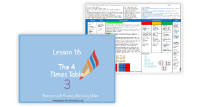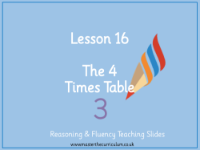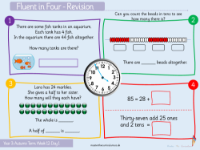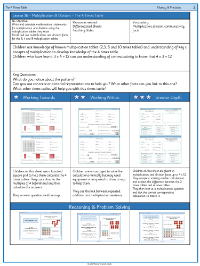Multiplication and division - The 4 times table - Planning
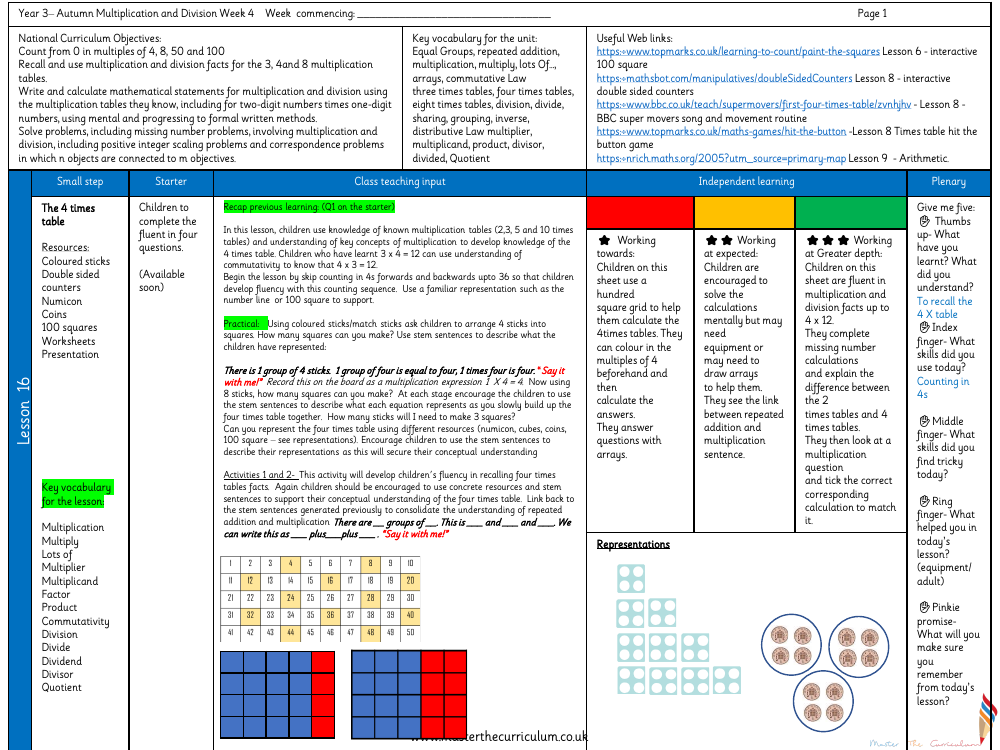
Maths Resource Description
The fourth week of the Autumn term for Year 3 introduces students to the 4 times table, a key component of their multiplication and division learning journey. The National Curriculum outlines objectives such as counting in multiples of 4, 8, 50, and 100, and recalling multiplication and division facts for the 3, 4, and 8 times tables. Students are expected to write and calculate mathematical statements for multiplication and division using known tables, including for two-digit numbers times one-digit numbers, and to solve various problems involving these operations. Key vocabulary terms such as 'multiplication', 'multiply', 'division', 'divide', and 'quotient' are essential for understanding and expressing mathematical concepts. To aid learning, a variety of resources are employed, including coloured sticks, double-sided counters, Numicon, coins, and 100 squares, alongside worksheets and presentations.
The lesson begins by revisiting previous learning and then moves to practical activities where children use concrete materials to create visual representations of the 4 times table. For instance, they might arrange coloured sticks into squares and use stem sentences to articulate their understanding of multiplication as repeated addition. As the lesson progresses, partner work encourages exploration of the distributive law, with children using arrays and double-sided counters to break down multiplication facts into known components. By the end of the session, children are expected to demonstrate varying levels of mastery, from simply using a hundred square grid to calculate multiples of 4 to explaining the differences between the 2 and 4 times tables and using the distributive law to solve more complex problems. Misconceptions are addressed throughout the lesson, ensuring a solid foundation in counting, understanding equal groups, and the properties of multiplication and division.
